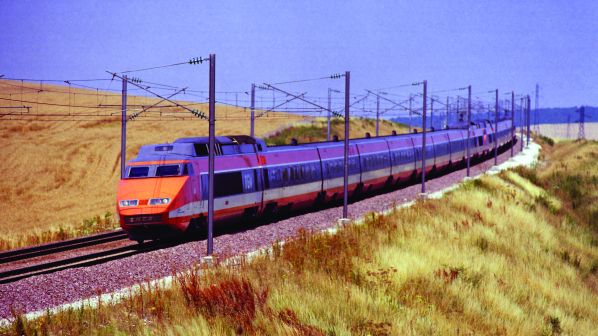
The Catalan city of Barcelona, famous for landmarks such as the **[Sagrada Família](https://mashable.com/video/gaudi-la-sagrada-familia-architectural-masterpiece-technology)**, is now partially energized by its Metro system, thanks to a groundbreaking technology known as regenerative braking.
Regenerative braking functions by seizing the surplus kinetic energy produced when an **[electric vehicle](https://mashable.com/category/transportation)** decelerates. This energy, which would typically go to waste, is transformed into electricity via a generator and saved for future use. Although this technology is becoming more prevalent in electric cars, it has been in use in trains for many years, allowing for the generation and storage of larger quantities of kinetic energy.
Barcelona’s **MetroCharge project** advances this idea by employing the braking energy from its underground trains to power not just the trains themselves but also the escalators, ventilation systems, and lighting at the stations. Furthermore, any excess energy is transmitted above ground to service local EV charging stations.
The system, which also integrates solar panels, currently fulfills the energy needs of **[28 out of Barcelona’s 163 subway stations](https://www.euronews.com/next/2024/12/20/barcelona-is-turning-its-metro-trains-into-ev-chargers-thanks-to-regenerative-brakes)**. This initiative has resulted in a six percent decrease in the Metro’s overall energy usage.
The MetroCharge project incurred a cost of €7.3 million ($7.6 million), but the city **[expects to recover the investment](https://apnews.com/article/spain-climate-subway-electric-cars-barcelona-energy-69cf7212fa8d5e3e4d45d62a2f97c6dd)** within a few years through energy savings and additional income.